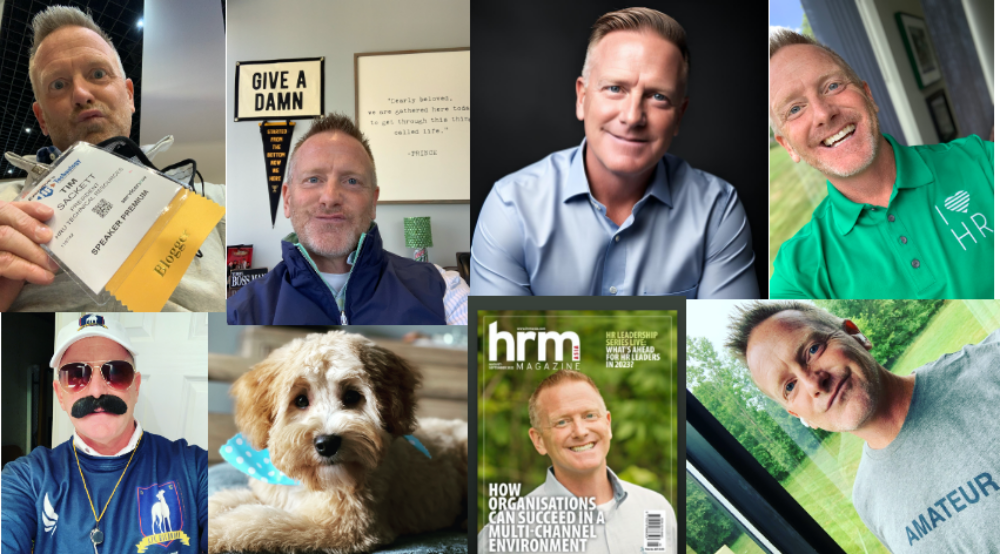This week on T3 I take a look at legal benefit provider Rocket Lawyer. Rocket Lawyer allows your employees to manage, virtually, all of your legal needs online. Employees can create legal documents and legal forms instantly with safe & secure storage, e-signatures and lawyer review.
This is one of many fringe benefit options that an employer can pick up for their employees, like pet insurance, dry cleaning, free lunch, etc. Some employees will find this service invaluable, and some will never find a use for it. What I know is HR pros get way to many inquiries from our employees for legal advice and help!
While my employees might like a free lunch, the HR person in me really would like them to have another outlet for legal advice and services!
The one issue that I see happening constantly, and it’s only going to get worse based on demographics, is employees having to care for aging parents. Rocket Lawyer can help your employees set up power of attorney, ask real lawyers in their state and area about their legal rights and advice in regards to dealing with their parents estates, etc. This is one issue I just continue to hear from more and more employees on, where they need real legal advice, not my ‘legal’ HR advice!
Rocket Lawyer is not an EAP. It’s a full blown legal technology that allows employees to take care of a ton of legal documentation on their own for no additional fees. Handle landlord and rental contracts, Immigration and Visa issues, Pre-nuptial agreements, set up a will, etc. It’s self serve legal services, online, for a few dollars per month, per employee.
The other piece I like about Rocket Lawyer is that as an organization and HR the service is totally separate and confidential. This takes the burden off you and your organization in dealing with your employees legal issues, but at the same time you are giving the professional support to help them take care of their business.
I was impressed. Great, easy to use interface. Simple to set up documents online. The service could easily save your employees thousands of dollars in basic legal fees. Check them out, and get a demo. Could be a great add to this years open enrollment plan!
T3 – Talent Tech Tuesday – is a weekly series here at The Project to educate and inform everyone who stops by on a daily/weekly basis on some great recruiting and sourcing technologies that are on the market. None of the companies who I highlight are paying me for this promotion. There are so many really cool things going on in the space and I wanted to educate myself and share what I find. If you want to be on T3 – send me a note.
